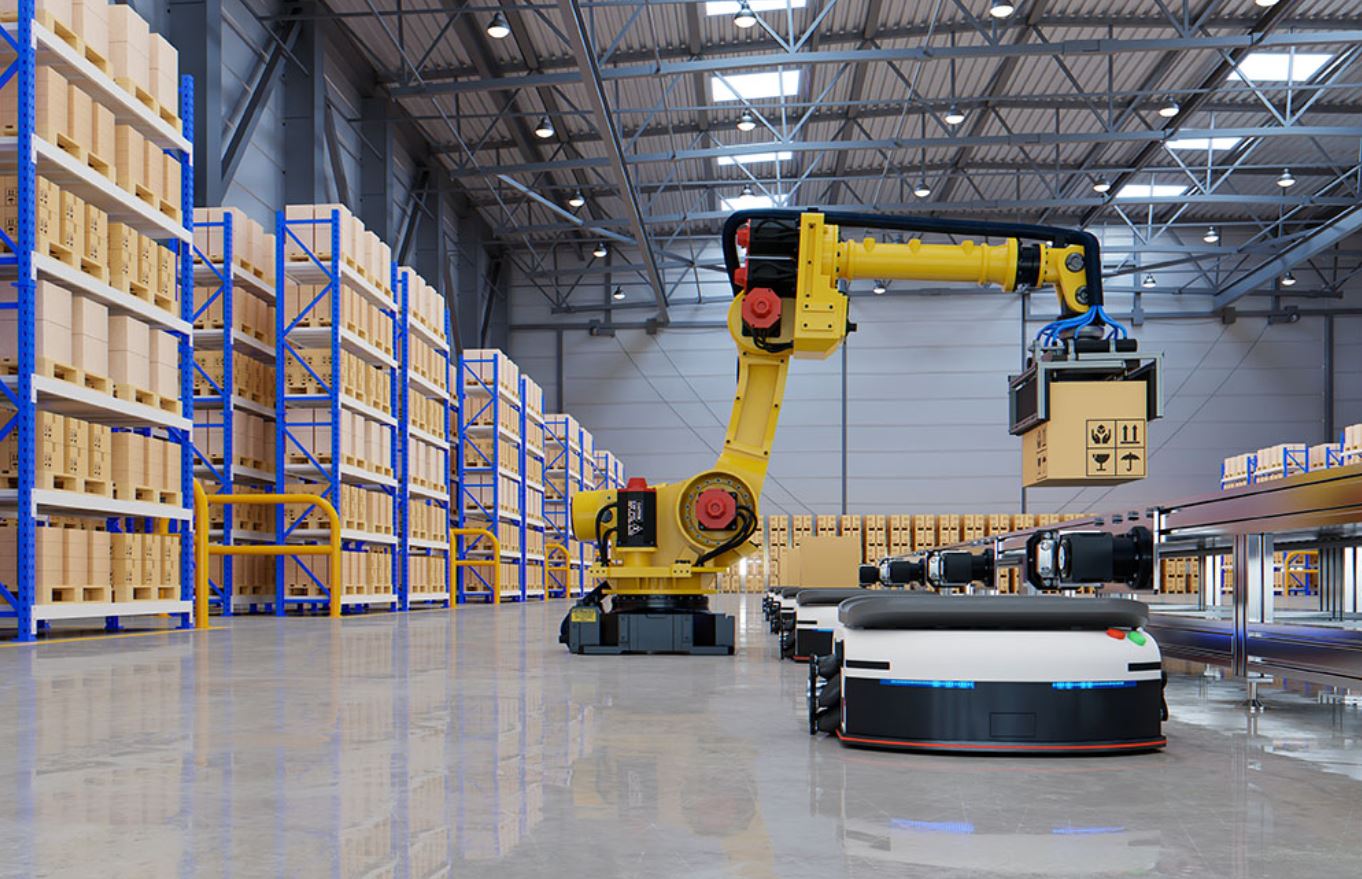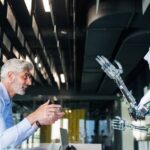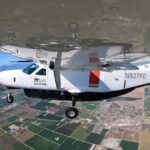 DigiKey and onsemi are exploring fresh ways to push robotics forward using improved sensing and AI technology. In a friendly, yet in‐the‐know discussion, experts delved into how physical AI—robots that blend digital smarts with real-world tasks—are set to transform industrial and commercial operations. Think of autonomous mobile robots (AMRs) that use a mix of lidar, cameras, and other sensors to safely and efficiently handle daily challenges.
DigiKey and onsemi are exploring fresh ways to push robotics forward using improved sensing and AI technology. In a friendly, yet in‐the‐know discussion, experts delved into how physical AI—robots that blend digital smarts with real-world tasks—are set to transform industrial and commercial operations. Think of autonomous mobile robots (AMRs) that use a mix of lidar, cameras, and other sensors to safely and efficiently handle daily challenges.
Shawn Luke from DigiKey and Bob Card alongside Theo Kersjes from onsemi unpacked how these AMRs work much like self‐driving cars, relying on simultaneous localisation and mapping (SLAM) to navigate dynamic spaces in real time. Historically operating indoors, these robots are now being fine-tuned with better sensor integration, edge computing, and AI, enabling them to tackle outdoor and unpredictable settings—making them a real asset in sectors such as logistics and agriculture.
During the conversation, Shawn Luke asked, “What design considerations are necessary with today’s smarter robots?” In response, Card and Kersjes highlighted that these more intuitive machines are built to keep people safe while handling repetitive or risky tasks. They use a blend of cameras, lidars, and other sensors to seamlessly navigate busy environments.
An interesting technical shift is onsemi’s introduction of 10BASE-T1S, an Ethernet-based communication protocol designed for AMRs. This new approach simplifies how these robots talk to each other compared to the traditional CAN networks, aligning nicely with the broader convergence seen between automotive and robotics technologies.
Looking ahead, Card and Kersjes are excited about improved sensor tech—such as the NCS32100 Inductive Position Sensor—that enhances both the precision and adaptability of these robots. They even compared SLAM to a computer updating its maps as it learns, similar to how early autonomous vehicles set the stage for today’s tech.
With 2025 on the horizon, the consensus is that we’ll see a significant uptick in advanced robotics. Innovations like indirect time-of-flight cameras and smarter physical AI are expected to accelerate the pace of robotic learning and deployment across a broad range of applications.
If you’re curious about the trajectory of these advancements, you might want to catch some conversations at the RoboBusiness event in Santa Clara. Experts from NVIDIA and other leading organisations will be in attendance, ready to share their insights on where robotics and AI are headed.








